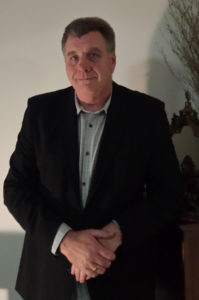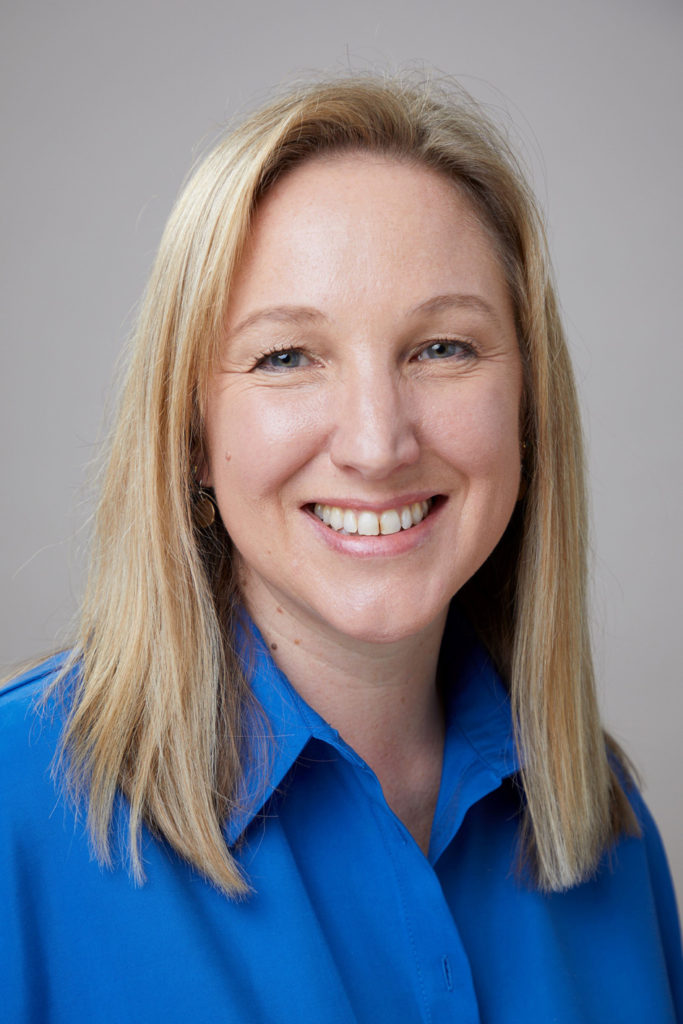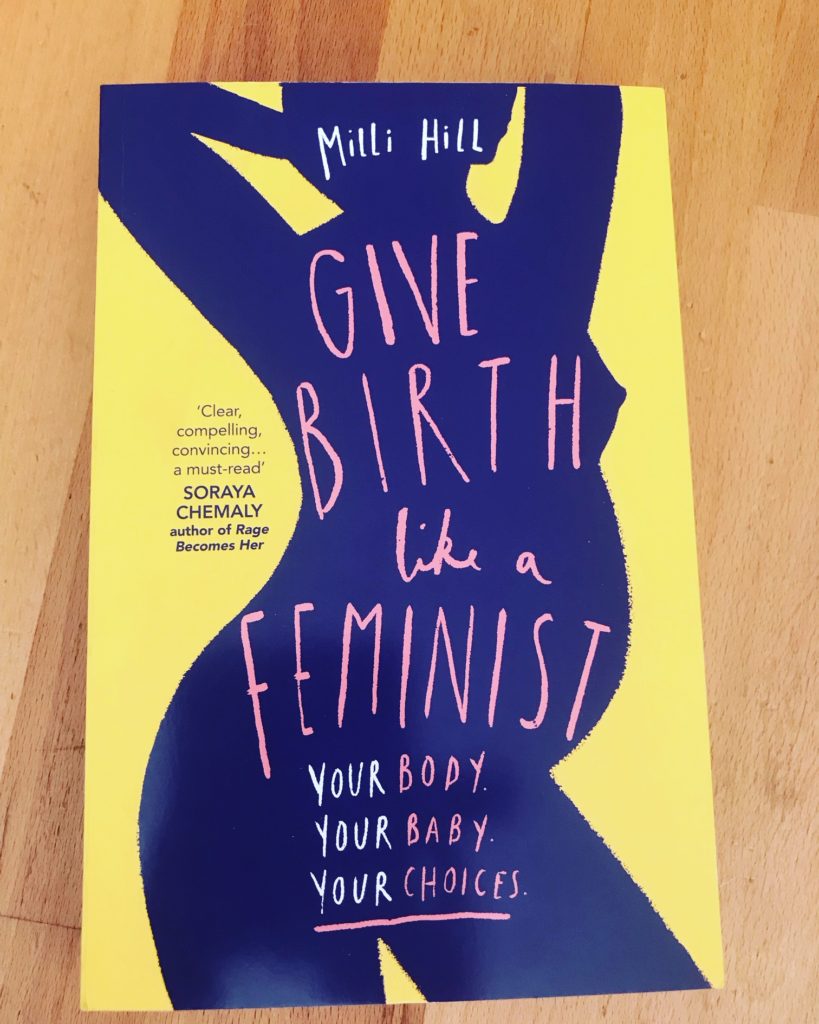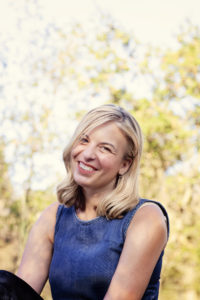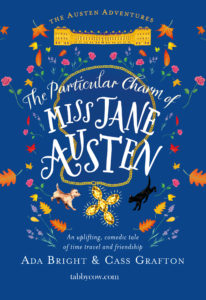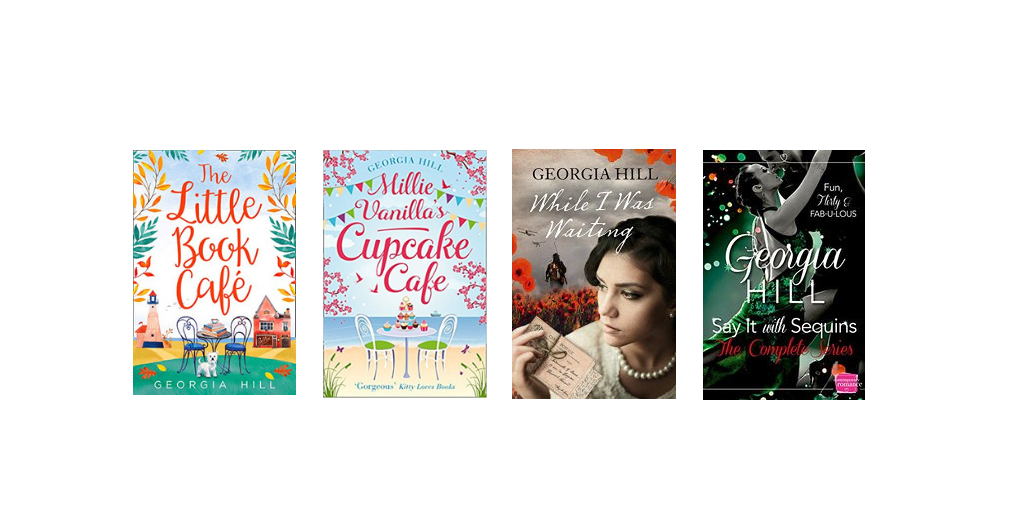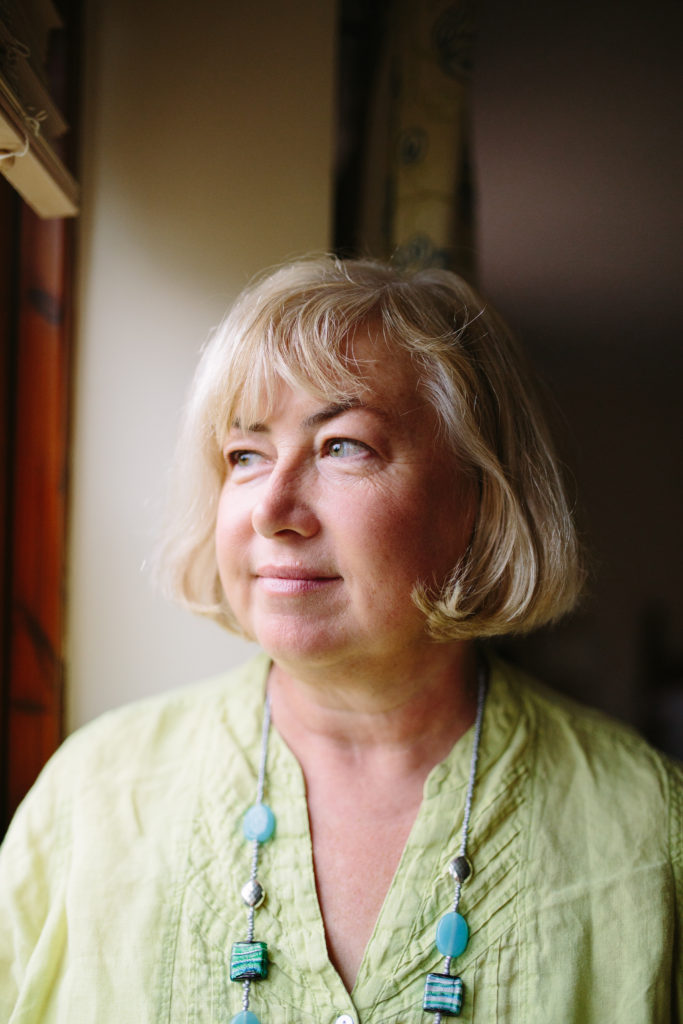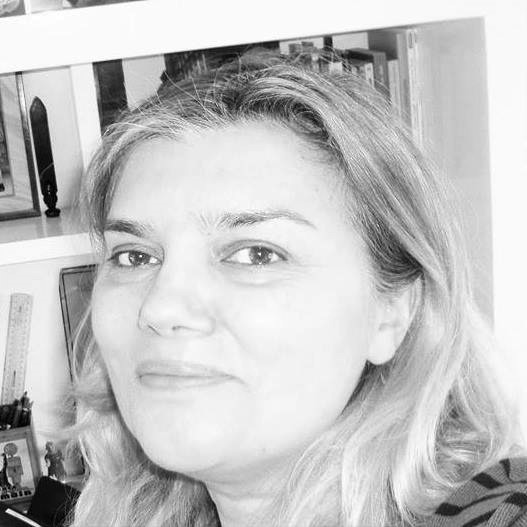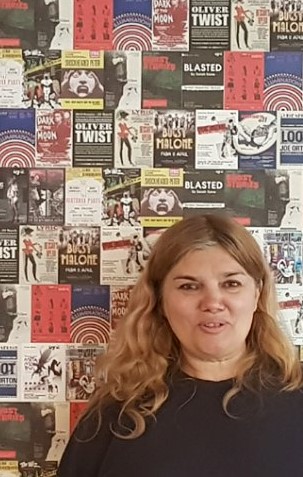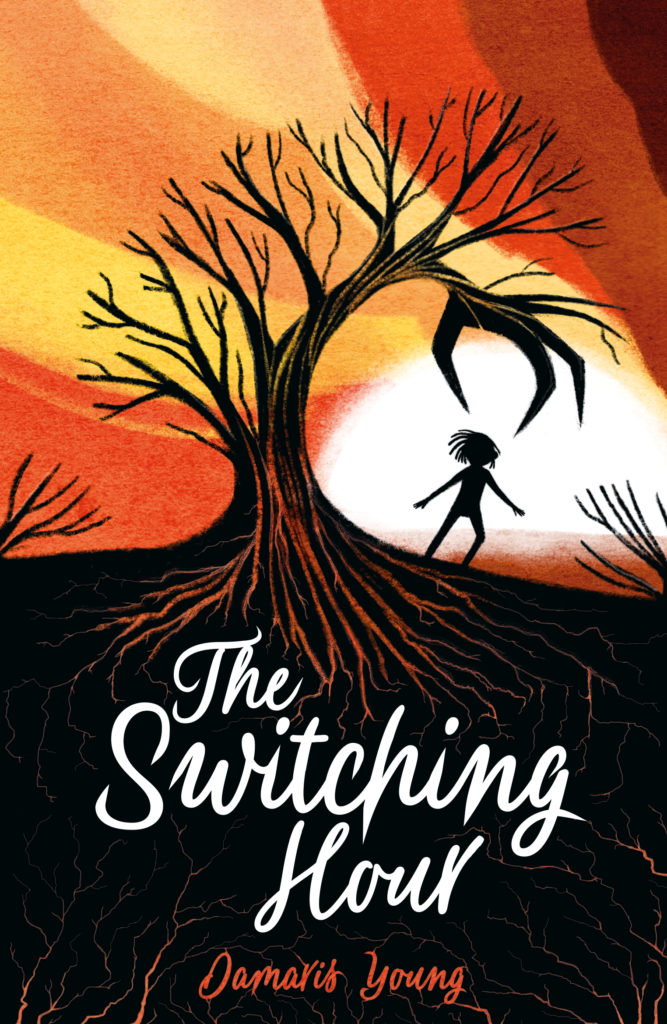 I’m a children’s author and, over the past ten years, have published over 45 picture books and young fiction titles with seven major publishers. Several have been shortlisted for awards and I’ve won a few too. I run creative literacy workshops for schools, libraries and festivals and run teacher training and mentoring services.
I’m a children’s author and, over the past ten years, have published over 45 picture books and young fiction titles with seven major publishers. Several have been shortlisted for awards and I’ve won a few too. I run creative literacy workshops for schools, libraries and festivals and run teacher training and mentoring services.
Find out more here: www.carylhart.com
What have you written?
I have 45 published titles to date and around 15 books in production.
Next year celebrates the tenth anniversary of my Albie series, illustrated by Ed Eaves (Simon & Schuster), which includes the best-selling How to Grow a Dinosaur and Supermarket Zoo. We are currently working on book 11!
I also have a series of five feisty princess books, the most recent is The Princess and the Shoe – a book about following your dreams and believing in yourself, illustrated by Sarah Warburton and published by Nosy Crow.
Then there’s the Knock Knock series of crazy counting book capers, illustrated by Nick East and published by Hodder. The fourth book, Knock Knock Superhero is out in August.
And Let’s Go.. a preschool series of first experiences, illustrated by Laruen Tobia and published by Walker books.
My book Big Box Little Box, illustrated by Edward Underwood was shortlisted for the Klaus Flugge design award and is the first in a new series with Bloomsbury.
These are just a few of my titles. You can see them all here: www.carylhart.com/books
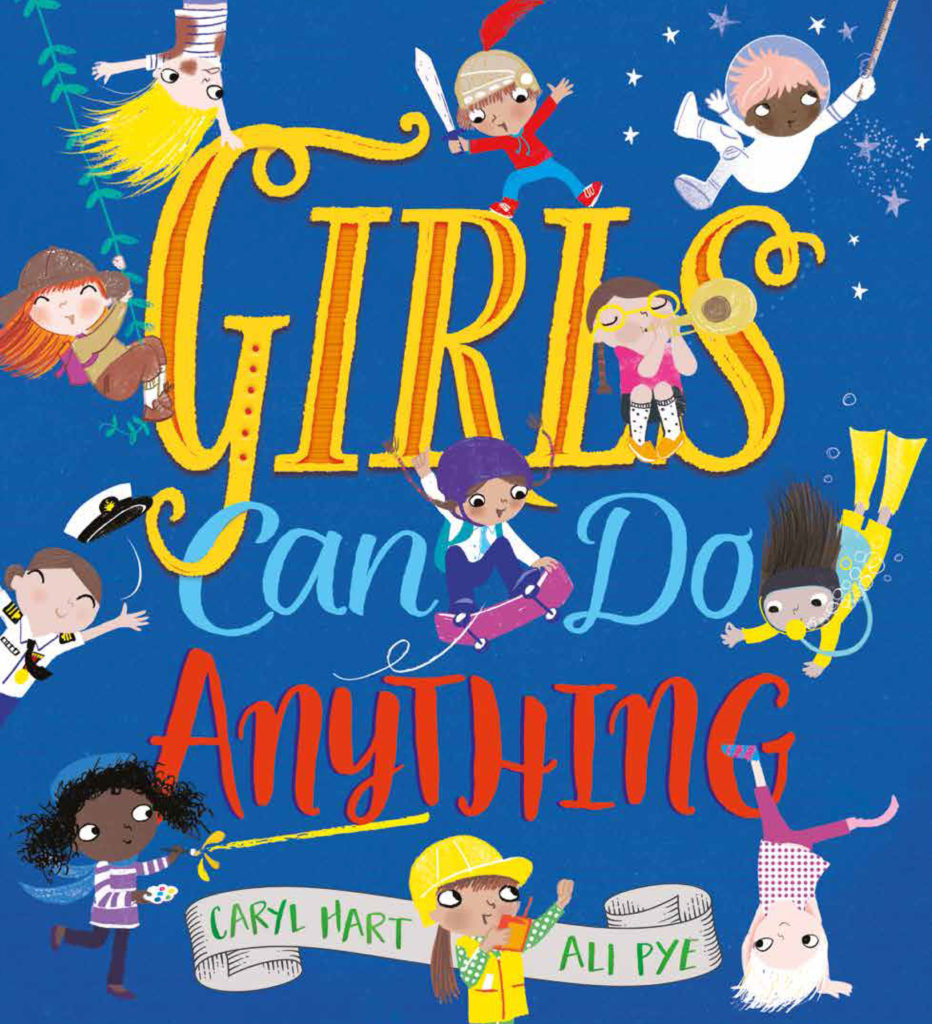
I’m very excited about the publication of Together We Can, a book about friendship, illustrated by Ali Pye and published by Scholastic. It’s a rhyming picture book that talks about what a friend is, how to make friends and, most importantly, how to be a friend. It is also a book about diversity as it features over 150 characters including children with different skin tones, hair styles, clothing, interests, mobility and other aids, prosthetics and cognitive and other physical difference.
It follows on from the success of Girls Can Do Anything and has already received a lot of interest on social media.

A bit about your process of writing.
Do you plan or just write?
Every book is different. Sometimes I create a proposal in which I outline my idea and write sample spreads, which I then submit to publishers.
Other times, I just start to write. Sometimes I sketch out ideas too, it just depends on how my brain is working on a particular day!
What about word count?
This also depends on the book. The shortest book I have written is 50 words and the longest around 60,000. On the whole, picture books are around 600 -1000 words and titles aimed at preschoolers or babies are shorter. I guess, as I’ve gained experience, I have developed a feel for how many words work on a double page spread.
There’s always a lot of editing, both for the first draft and at various other stages during production. For example, once the illustrator has created rough drawings, my editor and myself will work together to cut out unnecessary words, or re-write lines, so a text will often get sparer with each iteration until the final book is produced.
What about structure?
Once I’m ready to being writing, I lay my text out in spreads. A typical picture book has 12 -14 spreads so I just put the spread number as a subheading on my page and write the text to fit. I find this helps me to evaluate word count and also to make sure that every page turn gives the reader something new and exciting to experience.
What do you find hard about writing?
Getting the time to actually sit down and put words on a page can be hard. Working from home and being a mother and wife have their own distractions, but I also do a lot of school visits and workshops, so spend quite a lot of time planning timetables and creating activities to go with my books. You can see some of these here: www.carylhart.com/about/book-activities
As a freelancer, I’m happiest when I’m busy and have several new projects on the horizon. There are times when I do worry that the next contract might never come, but have learned to push those worries to the back of my mind and trust that either I’ll come up with something, or a publisher will commission a new project. In reality I’ve never had a period when I’ve been without work, perhaps because I’m quite well disciplined and very self-motivated.
What do you love about writing?
I love losing myself in a story and the discipline of writing, especially writing in rhyme. It’s very challenging creating a multi-layered story with appealing characters, a satisfying arc and clear meaning and also making the rhythm consistent and the rhyme solid. It can take a day or more to write a four line verse so it can be very slow-going, but I get great satisfaction when I finally crack it.
I also love getting the rough illustrations through as this is the point at which my stories really start coming to life. I’m so lucky to be working with lots of super-talented super-lovely illustrators who really do an amazing job, so it’s great seeing the books going from lines of text in a word document to bright, colourful, engaging books that are just gorgeous to look at and handle. You can meet all the illustrators I work with here: www.carylhart.com/about/illustrators
Advice for other writers.
Writing for pleasure is a wonderful thing to do. It helps you, and others, work out how you feel and what your views and opinions, hopes and dreams are. Writing can help you manage stress and take you to places you never thought you could go. Sharing your writing with friends, family or people online is a great way to feel validated, loved and appreciated. There are now so many platforms out there where writers can share their work – social media, performance, blogs to name but a few. So if you love to write, WRITE!
If you’re hoping to get your work formally published as a printed book, set your bar high. Remember that your work is competing for contracts with authors who already have a track record and relationship with their publisher, so your work really does need to shine.
Publishers have to make money to survive and the industry is very competitive so your work needs to be commercial. That means that you have to take on board what editors and designers ask in terms of developing your texts. Publishing books is a team effort and if you are unable to stomach criticism then consider other platforms where you have total control over what gets published.
If you are writing in rhyme, make sure your rhythm is tight and your rhymes feel natural. Half rhymes work okay in song lyrics but aren’t ideal for children’s books.
If you are hoping to publish a picture book, go it alone. If you illustrate too, then by all means send some sample illustrations but don’t do the whole book unless you’re very experienced. Publishers will have their own ideas on how they want your text to be illustrated by, and rarely sign books that are submitted by a ready-made duo.
The more you write, the better you will become, especially if you are able to take on feedback from professionals in the industry. Just because your mum or your children like your book idea, it doesn’t mean its commercially viable. So if you get the chance to speak to someone with experience in publishing, do try to act on their advice – it’ll save you a lot of time and effort in the long run.
Above all else, write. Just write. And then write some more. You never know where it might take you!
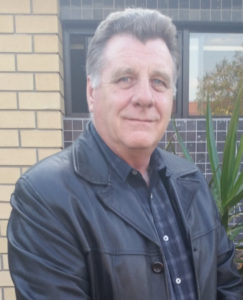 I was raised in Blackburn, Lancashire and served for ten years in the Royal Navy before coming to Australia in 1983, after I returned from the Falklands. Writing is something I have always enjoyed and fiction was a favourite. I loved being able to write anything within the bounds of the particular subject and not be restrained by anything except my imagination. One restraint I did learn at school was other people’s perceptions of what is age appropriate for a juvenile to be writing. Apparently graphic death scenes weren’t.
I was raised in Blackburn, Lancashire and served for ten years in the Royal Navy before coming to Australia in 1983, after I returned from the Falklands. Writing is something I have always enjoyed and fiction was a favourite. I loved being able to write anything within the bounds of the particular subject and not be restrained by anything except my imagination. One restraint I did learn at school was other people’s perceptions of what is age appropriate for a juvenile to be writing. Apparently graphic death scenes weren’t. 
